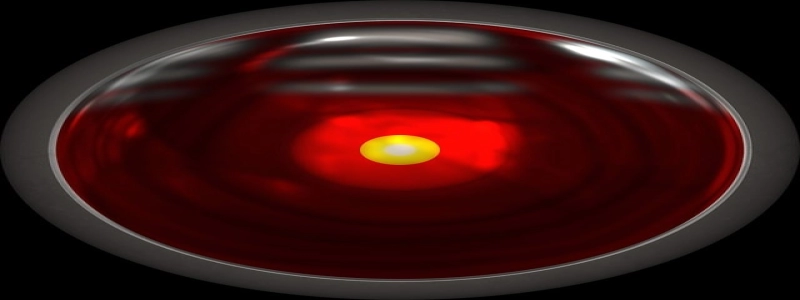96 Count Fiber Optic Cable
Introduction:
Fiber optic cables have revolutionized the telecommunications industry with their ability to transmit data at extremely high speeds and over long distances. One type of fiber optic cable that is widely used is the 96 count fiber optic cable. In this article, we will explore the features and uses of this cable, as well as its benefits and drawbacks.
1. What is a 96 Count Fiber Optic Cable?
A 96 count fiber optic cable consists of 96 individual fibers bundled together inside a protective sheath. Each fiber can transmit a significant amount of data simultaneously, resulting in a high-capacity cable that can handle large amounts of traffic. The individual fibers are typically color-coded for easy identification and management.
2. Features and Specifications:
– High Capacity: The 96 count fiber optic cable can handle a large volume of data transmission due to the 96 individual fibers within it.
– Durability: The cable is designed to withstand various environmental factors, including moisture, temperature fluctuations, and physical stress.
– Low Attenuation: The signal loss in the cable is minimal, enabling efficient data transmission over long distances.
– Easy Installation: The cable is lightweight and flexible, allowing for easier installation in various settings.
3. Uses of a 96 Count Fiber Optic Cable:
– Telecommunications: This cable is commonly used in telecommunications networks to transmit data, voice, and video signals.
– Data Centers: Large data centers rely on high-capacity cables like the 96 count fiber optic cable to handle the massive amount of data traffic.
– Backbone Networks: These cables are used as the backbone for connecting different network segments, ensuring efficient transmission between various locations.
– Video Surveillance: The 96 count fiber optic cable is also utilized in video surveillance systems to transmit high-quality video feeds over long distances without any loss in quality.
4. Benefits:
– High Bandwidth: The 96 count fiber optic cable provides a high-bandwidth solution, making it suitable for applications requiring large data transmission.
– Reliability: Fiber optic cables are less prone to interference, making them more reliable than traditional copper cables.
– Scalability: The 96 count fiber optic cable can easily be expanded or upgraded to accommodate future growth in network demands.
– Security: Fiber optic cables are difficult to tap into, providing increased security for data transmission.
5. Drawbacks:
– Cost: Fiber optic cables are generally more expensive than traditional copper cables due to their advanced technology and higher performance capabilities.
– Fragility: Despite their durability, fiber optic cables require careful handling to prevent damage during installation or maintenance.
Conclusion:
The 96 count fiber optic cable is a high-capacity cable that offers numerous advantages for telecommunications networks, data centers, and other applications. Its ability to handle a large volume of data traffic with minimal signal loss over long distances makes it an essential component in today’s digital age. However, its higher cost and required caution during handling serve as notable drawbacks. Overall, the 96 count fiber optic cable plays a crucial role in enabling seamless and efficient communication.







